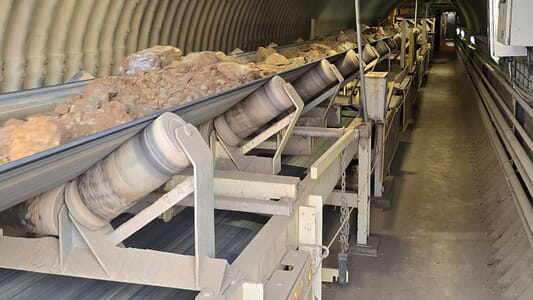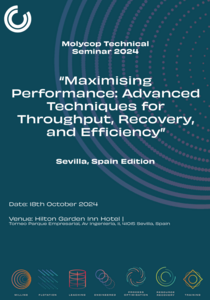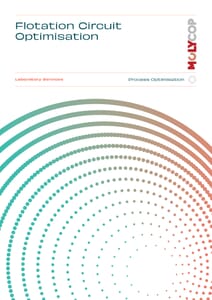Our latest research paper demonstrates the game-changing potential of Convolutional Neural Networks (CNNs) in identifying abnormal froth conditions during the flotation process.
Exciting Breakthrough: Using Artificial Intelligence to Classify Flotation Froth Conditions! Our latest research paper demonstrates the game-changing potential of Convolutional Neural Networks (CNNs) in identifying abnormal froth conditions during the flotation process.
Explore how advanced camera systems measuring froth velocity contribute to stabilizing mass-pull rates between cells. Our CNN models, trained on over 21,000 images, achieved an impressive 94% accuracy in classifying 'boiling' conditions.
Dive deeper into the details of CNN training, implementation, and integration into multi-variable advanced control systems with our research paper titled "Using Artificial Intelligence to Classify Flotation Froth Conditions."
Don't miss out on revolutionizing your mineral processing strategies! Read the full research paper on our website for insights into disturbance mitigation, real-time control, and the path to a robust and deployable solution. 👉 Using AI to Classify Flotation Froth Conditions | Molycop







